71 per cent of consumers shop online at least once a month (up from 56 per cent in 2023) and one in four consistently spend between 120 and 290 euros per month. 90 per cent prefer brands that use recycled e-commerce packaging. These figures speak for themselves and draw attention to an issue that is often seen in purely functional terms and the unboxing moment as a consumer experience is often underestimated.
These findings and many more are part of the sixth e-commerce trend report ‘Sustainability and its impact on packaging and online shopping decisions’, published annually by the Mondi Group, a leading global provider of sustainable packaging and paper solutions. For the latest study, RetailX surveyed around 6 000 consumers from the Czech Republic, France, Germany, Poland, Sweden and Turkey. The results provide valuable insights into how consumer needs are being met, highlighting similarities and differences through country-specific results from each of the six key markets.

Appreciated packaging
Safety first: 95 per cent of consumers value protective packaging most in e-commerce. This is the primary function of packaging. But – and this is a new and social phenomenon – it is closely followed by the demand for sustainability, with 80 per cent of consumers insisting on environmentally friendly or recyclable packaging. Awareness is growing and has reached its peak. In addition to practical properties, emotional factors are also playing an increasingly important role. The importance of the unpacking experience, for example, is demonstrated by the fact that 59 per cent of people are influenced by the packaging when making a repeat purchase. It is a short but decisive moment that triggers many processes. Generation Z, on the other hand, is more concerned with aesthetics and recyclability (71 per cent). However, there is widespread scepticism across generations when it comes to the sustainability of product packaging touted by the manufacturer: only 50 per cent trust the environmental promises of online brands. And yet, in the belief that they are doing good, sustainable packaging has been shown to improve brand perception: 90 per cent of consumers say they prefer brands that use recyclable e-commerce packaging in the appropriate product size. Packaging needs and expectations are changing and becoming more complex – a challenge for the industry, but also another opportunity to connect with customers.

Sustainability is a key factor
One of the key success factors that a brand can communicate through its packaging is sustainability. Look at the numbers: eight out of ten consumers not only want more sustainable packaging, they demand it. Conversely, manufacturers and retailers run a real risk of losing customers if they fail to meet this demand. In fact, around four in ten shoppers will avoid buying from a retailer that generates unnecessary packaging waste or whose packaging is difficult to recycle. More than two thirds (68 per cent) of consumers believe that retailers and brands should do more to minimise packaging waste. This is more than a wish.
To put the future goal in more concrete terms: 70 per cent expect almost all packages to be delivered in biodegradable or recyclable packaging within the next five years – brand perception is improved for nine out of ten consumers when packaging is recyclable, appropriately sized or sustainable. This clearly quantifies the need for action.
And another small detail can lead to big decisions: more than three quarters (76 per cent) would like to see a label on their packaging indicating that it is 100 per cent recyclable.
“This year’s results confirm that sustainability is no longer just a trend, but a business imperative,” adds Armand Schoonbrood, COO E-Commerce at Mondi Group.
In summary, in e-commerce, products and packaging should be seen as a unit, because this is how they are perceived and experienced by the consumer. It is therefore worthwhile to invest in packaging, especially in view of the current cost increases in all industries and cost-intensive promotional activities. Packaging has an iconographic and lasting effect because it conveys the characteristics of a brand through subtle factors such as shape, material or colour and brand codes. It also helps the consumer to identify the product in the brand jungle.


 Menü
Menü








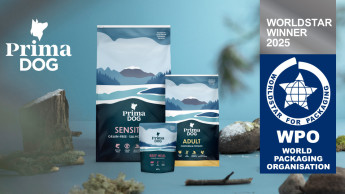

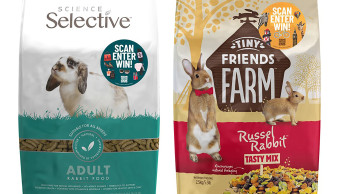

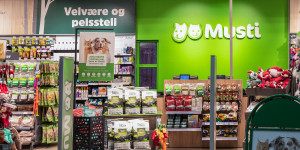






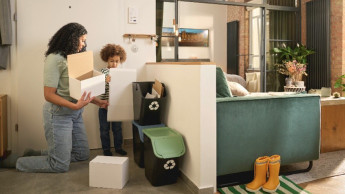
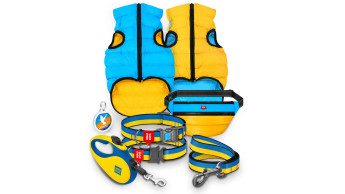
 Newsletter
Newsletter